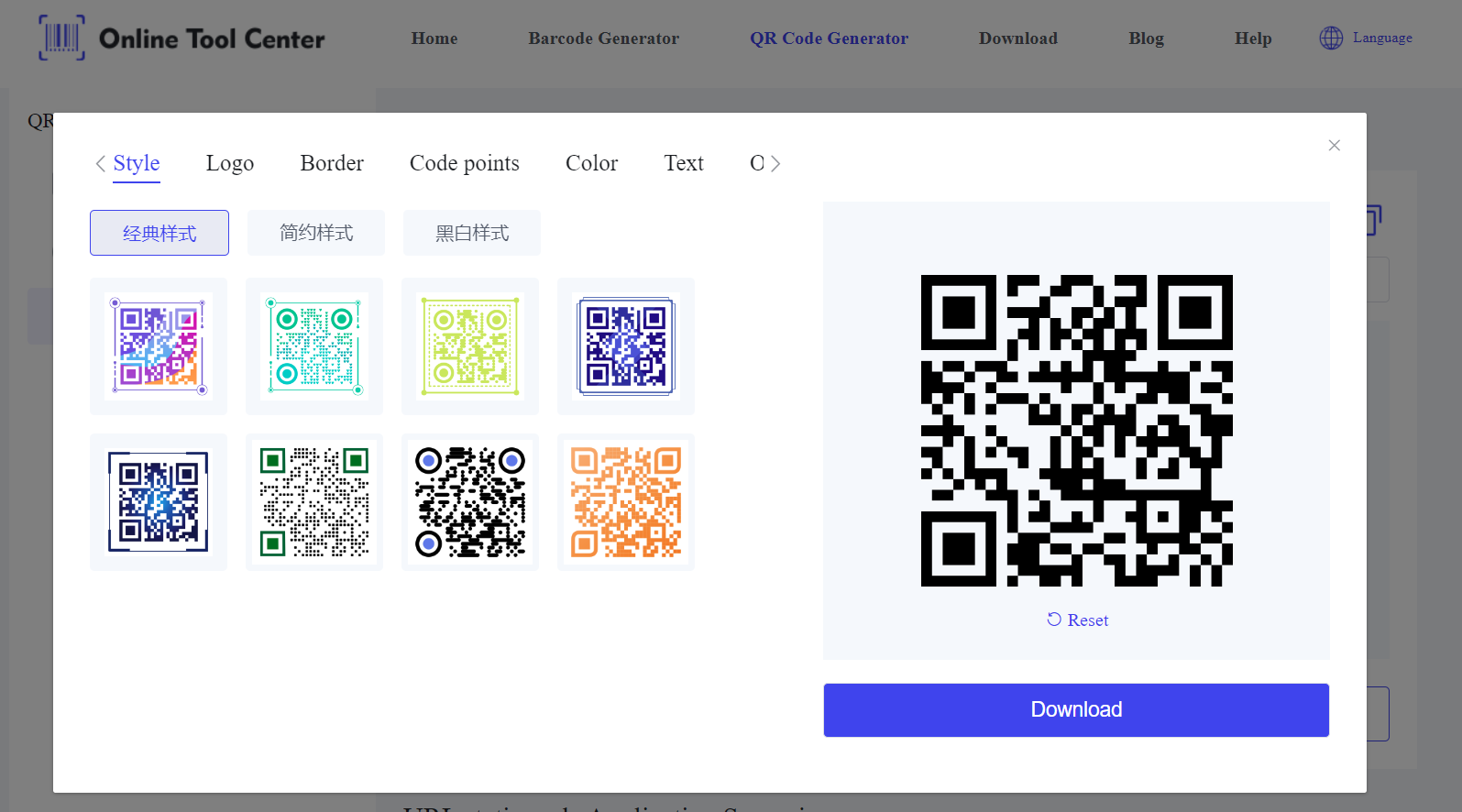The QR code history represents a remarkable journey of technological innovation and adaptation. These two-dimensional matrix barcodes have transformed from a niche industrial tool to an essential part of our digital landscape.
This article provides an exploration of the origins, development, and current applications of QR codes, highlighting their evolution from a simple tracking system to a versatile global communication tool.
The Genesis of QR Codes: Solving an Industrial Challenge
The history of QR code began in 1994 when Masahiro Hara and his team at Denso Wave, a subsidiary of Toyota Group, developed the Quick Response (QR) code.
Their primary objective was to create a barcode capable of storing more information than traditional linear barcodes while enabling rapid scanning and processing.
Limitations of Traditional Barcodes
In the early 1990s, the automotive industry faced significant challenges with inventory management.
Conventional one-dimensional barcodes could only store up to 20 alphanumeric characters, which became insufficient as production processes grew more complex. This limitation led to the need for a more advanced coding system.
The Innovative Development Process
Hara's team drew inspiration from the ancient board game Go, which uses a grid with black and white stones.
This concept led to the development of a two-dimensional code that could be read both vertically and horizontally. The result was the QR code, capable of storing up to 7,089 numeric characters or 4,296 alphanumeric characters, a significant improvement over its predecessors.
Technical Specifications of QR Codes
QR codes consist of black squares arranged in a square grid on a white background. They can be read by imaging devices such as smartphone cameras and dedicated QR code readers. The three large squares in the corners allow the barcode scanner to detect the code's position, while the smaller squares contain the actual data.
Milestones in QR Code Development and Adoption
The History of the QR Code is marked by several crucial events that contributed to its widespread adoption:
● 1994: Denso Wave invents the QR code for tracking automotive parts.
● 1997: QR code readers become commercially available, expanding potential applications.
● 2000: QR codes become an ISO international standard (ISO/IEC 18004), ensuring standardization across industries.
● 2002: The first mobile phones with built-in QR code readers are released in Japan, marking the beginning of consumer applications.
● 2008: Both Google's Android and Apple's iOS platforms begin supporting QR codes, though initially through third-party apps.
● 2010: Widespread smartphone adoption leads to increased QR code usage globally.
● 2017: Apple integrates QR code scanning capabilities directly into the iPhone camera app, significantly simplifying the scanning process for iOS users.
● 2020: The COVID-19 pandemic accelerates QR code adoption for contactless interactions.
The Expansion of QR Code Applications
While initially used primarily in the automotive industry, QR codes have since found applications in numerous fields:
1. Marketing and Advertising
Marketers leverage QR codes to bridge offline and online media. By incorporating QR codes in print advertisements, product packaging, or outdoor displays, companies can direct consumers to websites, promotional videos, or special offers. This capability allows for enhanced engagement and measurable campaign results.
2. Contactless Payments
The financial sector has embraced QR codes as a secure and convenient method for contactless payments.
For example, Alipay reported processing over 1.7 billion transactions during the 2019 Chinese New Year period, many of which involved QR code scanning.
3. Ticketing and Access Control
Event organizers and transportation systems increasingly use QR codes for ticketing. These digital tickets reduce paper waste, minimize fraud through unique codes, and streamline entry processes.
For instance, airlines like Delta and American Airlines have implemented QR code boarding passes, improving efficiency at gates.
Technological Advancements Enhancing QR Codes
As technology has progressed, QR codes have evolved to offer enhanced functionality:
1. Error Correction: Modern QR codes incorporate Reed-Solomon error correction, allowing them to be read even if up to 30% of the code is damaged or obscured.
2. Aesthetic QR Codes: Designers have developed methods to incorporate logos or images into QR codes without compromising their functionality. This development has made QR codes more visually appealing and brand-friendly.
3. Dynamic QR Codes: Unlike static QR codes, dynamic ones can be edited after creation. This feature allows for updates to the linked content without changing the physical code, providing flexibility for long-term use cases.

The Role of Smartphones in QR Code Proliferation
The ubiquity of smartphones has been a key factor in the widespread adoption of QR codes.
As mobile devices became equipped with high-quality cameras and processing power, scanning QR codes became effortless for consumers.
According to a 2021 Statista report, over 86% of smartphone users in the United States had scanned a QR code at least once, with 37% scanning codes frequently.
The Future of QR Codes
As we look to the future, the potential applications for QR codes continue to expand:
1. Augmented Reality (AR) Experiences: QR codes can serve as triggers for AR content, enhancing user engagement in marketing, education, and entertainment.
2. Internet of Things (IoT) Integration: QR codes may act as bridges between physical objects and digital networks in smart homes and cities.
3. Blockchain and Cryptocurrency: QR codes are increasingly used for secure and quick cryptocurrency transactions.
4. Enhanced Data Capacity: Research is ongoing to develop QR codes with even greater data storage capacity while maintaining readability.
The QR code history demonstrates the power of innovation and adaptability in technology. From their origins in automotive manufacturing to their current status as a global communication tool, QR codes have proven their versatility and value across numerous sectors.
As technology continues to evolve, so too will the capabilities and applications of QR codes.
For individuals and businesses looking to harness the power of this technology, tools like the free QR code generator provide an accessible way to create and implement QR codes for various purposes.
Whether for marketing campaigns, product information, or digital payments, QR codes continue to bridge the physical and digital worlds, shaping our interactions in the modern age.




